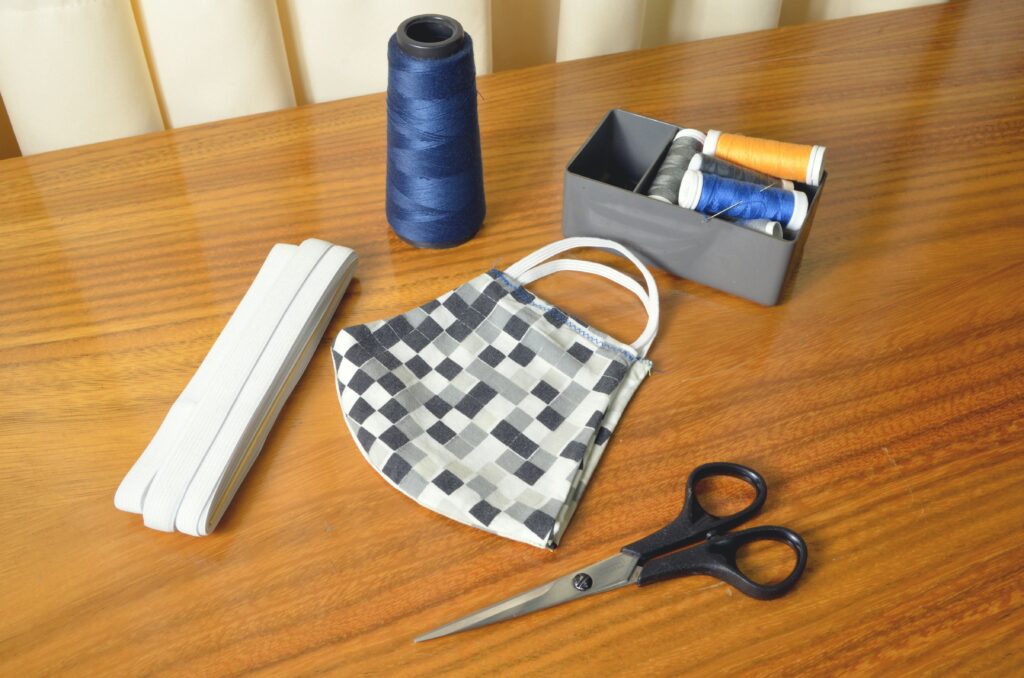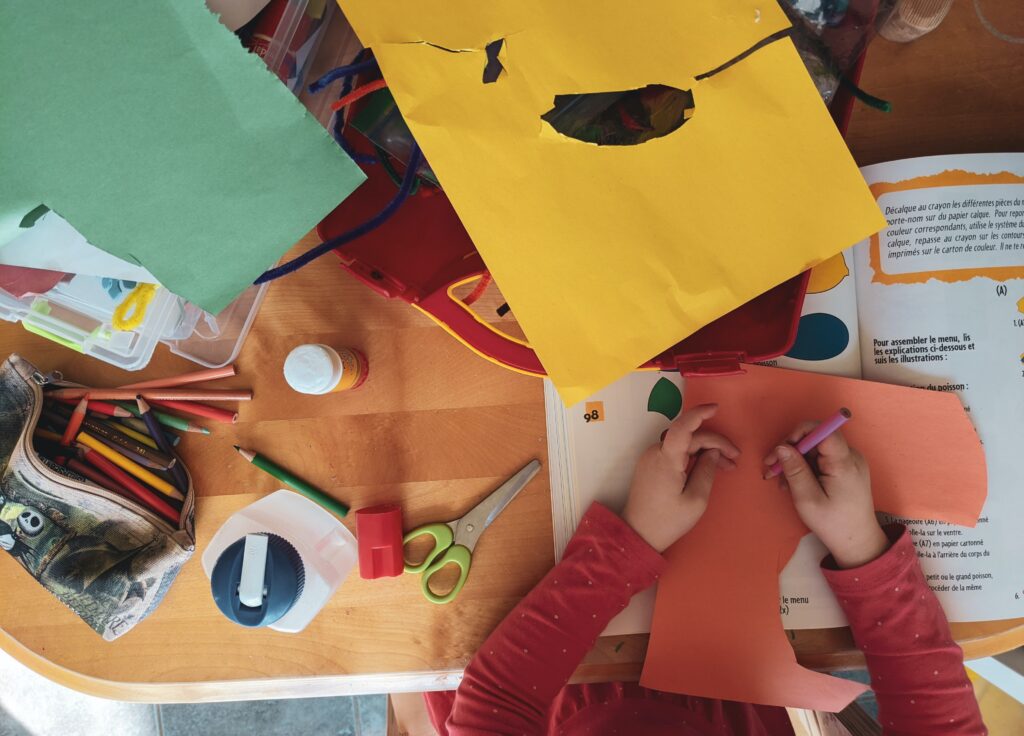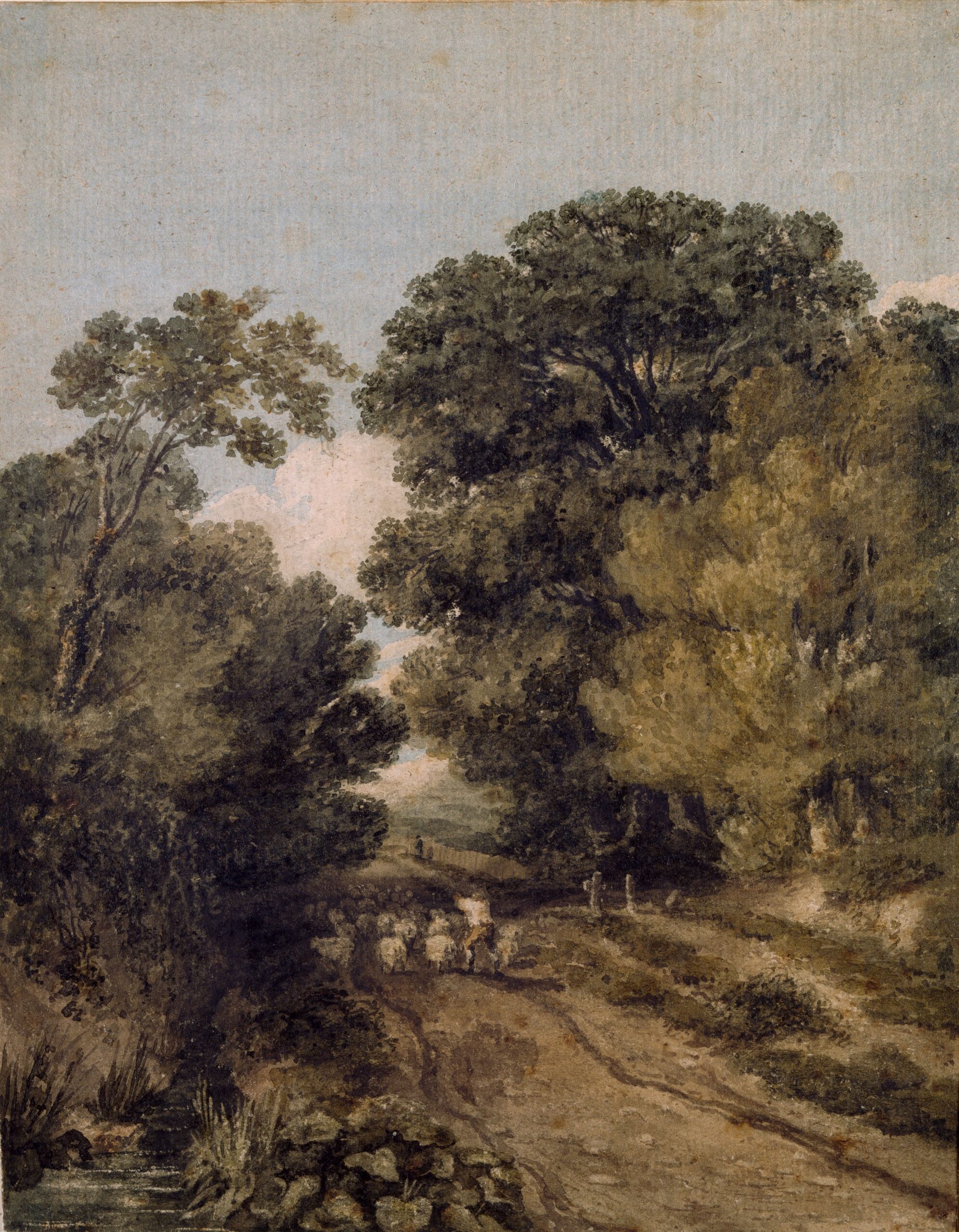Are you looking for a fun and creative way to personalize your tote bags? Look no further! We have just the product for you – “How to Paint Tote Bags with Acrylic Paint.” This comprehensive guide will show you all the tips and tricks you need to know to transform your plain tote bags into pieces of art using acrylic paint. Whether you’re a beginner or an experienced artist, this product is perfect for anyone looking to add a personal touch to their bags. Get ready to unleash your creativity and create stunning designs that will make your tote bags truly one-of-a-kind.
Supplies Needed
To paint tote bags with acrylic paint, you will need a few essential supplies. Make sure you have these items on hand before you begin your painting project:
Tote bag
The first thing you’ll need is a blank tote bag. Look for a tote bag made of canvas or any other fabric that is suitable for painting.
Acrylic paint
Acrylic paint is the perfect choice for painting tote bags. It comes in a wide range of colors and offers great coverage on fabric. Choose your favorite colors or mix them to create unique hues.
Paintbrushes
A variety of paintbrushes in different sizes will allow you to experiment with different painting techniques and create various effects on your tote bag.
Palette or paper plate
A palette or paper plate will serve as a mixing surface for your acrylic paint. This is where you will squeeze out your colors and blend them together.
Painters tape
Painters tape is useful for masking off any areas of your tote bag that you don’t want to paint. It ensures clean lines and helps you create sharp edges on your design.
Pencil or stencil
Having a pencil or stencil handy will help you sketch or trace your design before you start painting. This will give you greater control over your artwork and ensure accuracy.
Fabric medium
Fabric medium is an essential ingredient when painting with acrylics on fabric. It helps the paint adhere to the fabric and prevents it from cracking or peeling once dry.
Spray bottle with water
A spray bottle filled with water comes in handy when you want to create watercolor-like effects or blend your acrylic paint seamlessly on the fabric.
Hairdryer
A hairdryer will speed up the drying process of your painted tote bag. It helps set the paint and allows you to add more layers or details without smudging.
Paper towels
Keeping some paper towels nearby will help you clean your brushes or wipe off any excess paint. They are also useful for blotting or smudging techniques.
Now that you have all the necessary supplies, let’s move on to preparing your tote bag for painting.
Preparing the Tote Bag
Before you start painting, it’s essential to prepare your tote bag properly. Follow these steps to ensure a smooth painting process and a long-lasting design:
Clean the tote bag
Before painting, make sure your tote bag is clean and free of any dirt, dust, or residue. This will ensure that the paint adheres well to the fabric. You can simply hand wash the tote bag with mild soap and water, or you can check the care instructions for the specific fabric and wash it accordingly.
Iron the tote bag
Once your tote bag is clean and dry, iron it to remove any wrinkles or creases. A smooth surface will make it easier to paint and add details to your design.
Place a cardboard inside the tote bag
To prevent the paint from bleeding through to the other side of the tote bag, insert a piece of cardboard or a plastic sheet inside the bag. This will provide a barrier between the front and back layers of the tote.
Tape off any areas you don’t want to paint
If you have areas on your tote bag that you don’t want to paint, such as handles or certain sections of the bag, use painters tape to mask them off. Apply the tape firmly, ensuring that it adheres well to the fabric.
Sketch or trace your design
Before diving into the painting process, it’s helpful to sketch or trace your design onto the tote bag. You can use a pencil or a stencil to outline your design and make sure everything looks just the way you envision it. This step will give you a guideline to follow as you paint and prevent any mistakes.
With your tote bag prepared, it’s time to mix your acrylic paint and bring your design to life.

Mixing the Paint
To achieve the desired colors and consistency for your painted tote bag, follow these steps to mix your acrylic paint:
Squeeze out your desired acrylic paint colors
Start by squeezing out the acrylic paint colors you want to use on your tote bag. This gives you more control over the amounts and ensures you have enough paint for your design.
Mix each color with fabric medium
To ensure that your paint adheres well to the fabric and remains flexible, mix each color with fabric medium. Follow the instructions on the fabric medium bottle for the correct ratio of paint to medium. This step will prevent the paint from cracking or peeling once it dries.
Adjust the consistency with water
If your paint is too thick, you can add a few drops of water to adjust the consistency. Acrylic paint should be thin enough to glide smoothly on the fabric but not watery. Experiment with small amounts of water until you achieve the desired consistency.
Test the paint on a scrap fabric
Before applying the paint directly to your tote bag, it’s a good idea to test it on a scrap piece of fabric. This will help you ensure that the color and consistency are perfect before you start working on your tote.
Once you’re satisfied with the paint mixture, let’s move on to different painting techniques you can try on your tote bag.
Painting Techniques
Painting tote bags with acrylic paint offers endless possibilities for creativity. Here are some techniques to consider:
Base coat your tote bag
Start by applying a base coat of paint to the entire surface of your tote bag. This will provide a solid foundation for your design. Choose a color that complements your overall design or opt for a neutral color if you want your design to stand out.
Blend and layer colors
To add depth and dimension to your design, try blending and layering different colors. Start with a base color and then add lighter or darker shades on top. Use a dry brush or a sponge to blend the colors seamlessly for a softer and more interesting effect.
Create texture with different brush strokes
Experiment with different brush strokes to create texture on your tote bag. You can use a dry brush technique for a rougher texture or a stippling technique for a dotted effect. Varying your brush strokes will add visual interest and make your design more dynamic.
Use stencils or stamps
If you want precise shapes or patterns in your design, consider using stencils or stamps. Place the stencil on your tote bag and secure it with painters tape. Then, apply paint evenly over the stencil using a sponge or a brush. Alternatively, you can use stamps dipped in paint to create repetitive patterns.
Sponge or dab paint for an interesting effect
To achieve a unique and textured look, try sponging or dabbing paint onto your tote bag. Dip a sponge or a crumpled piece of paper towel into the paint and then gently press it onto the fabric. This technique creates a more organic and irregular pattern that can add visual interest to your design.
Work in sections
To prevent the paint from drying too quickly or smudging, work on your design in sections. Start from one corner and gradually move across the tote bag, allowing each section to dry before moving on. This approach will help you have better control over your artwork and achieve more precise details.
With your painting techniques mastered, it’s time to move on to drying and setting the paint on your tote bag.

Drying and Setting the Paint
Properly drying and setting the paint is crucial to ensure that your design remains vibrant and long-lasting. Here’s what you need to do:
Let the paint dry completely
After you finish painting your tote bag, allow it to dry completely. This typically takes a few hours, but it’s best to wait overnight to ensure that the paint is completely dry before moving on to the next steps.
Apply heat with a hairdryer
To speed up the drying process, you can use a hairdryer on a low or medium heat setting. Keep the hairdryer at a safe distance from the tote bag and move it around to evenly distribute the heat. This will help set the paint and make it more resistant to fading or smudging.
Iron the tote bag to set the paint
Once the paint is dry, place a thin cloth or a piece of parchment paper over the painted area and iron it on a low heat setting. The heat will help set the paint and make it more durable. Make sure not to directly iron the paint to avoid any damage or smudging.
Wait 24-72 hours before washing
To ensure the longevity of your painted tote bag, it’s crucial to wait at least 24 to 72 hours before washing it. This gives the paint enough time to fully cure and adhere to the fabric. Follow the washing instructions for the specific fabric of your tote bag and avoid using harsh chemicals or bleach.
Your painted tote bag is almost complete, but adding some finishing touches will elevate its design and make it truly unique.
Adding Finishing Touches
To make your painted tote bag stand out even more, consider these finishing touches:
Remove any painters tape or stencil
Carefully remove any painters tape or stencil that you used to create clean edges or specific patterns. Take your time to avoid smudging the paint or damaging the design.
Clean up any smudges or mistakes
Inspect your painted tote bag for any smudges or mistakes. If you notice any, gently wipe them off with a damp cloth or a cotton swab. Make sure not to rub too hard and risk removing the paint unintentionally.
Add extra details with a fine brush
If you feel that your design needs some additional details or fine lines, use a fine brush to add them. This will give your tote bag a polished look and make your design more intricate.
Seal the design with a fabric sealant
To protect your painted design and make it more resistant to fading or washing, consider sealing it with a fabric sealant. Follow the instructions on the sealant bottle and apply it evenly over the painted areas of your tote bag. This step will ensure that your design lasts for a long time.
Add embellishments like glitter or rhinestones
For an extra touch of glam or sparkle, you can embellish your painted tote bag with glitter or rhinestones. Use fabric glue to attach these embellishments securely and let them dry before using or washing your tote bag.
Now that your painted tote bag is complete, it’s essential to know how to properly care for it to maintain its beauty and longevity.

Caring for Your Painted Tote Bag
To ensure that your painted tote bag continues to look great, follow these care instructions:
Hand wash or gentle cycle
To clean your painted tote bag, it’s best to hand wash it or use the gentle cycle on your washing machine. Use mild soap and cold water to prevent any color bleeding or fading. Avoid scrubbing the painted areas and be gentle when rinsing.
Avoid using harsh chemicals or bleach
When washing your painted tote bag, it’s important to avoid using any harsh chemicals or bleach. These can damage the paint and cause it to fade or peel. Stick to mild detergents and gentle cleaning agents to maintain the vibrancy of your design.
Line dry or tumble dry on low
After washing, avoid wringing or squeezing your tote bag. Instead, gently squeeze out any excess water and let it air dry on a drying rack or a clothesline. If you prefer to use a dryer, tumble dry your tote bag on a low heat setting.
Store the tote bag carefully to prevent damage
When not in use, store your painted tote bag in a cool, dry place away from direct sunlight. Avoid folding or storing it in a way that may cause the paint to crack or peel. Consider placing tissue paper or a soft cloth inside the bag to help maintain its shape.
With proper care, your painted tote bag will continue to be a stylish accessory for years to come.
Inspiration and Ideas
If you’re looking for inspiration or ideas for your painted tote bag, consider these suggestions:
Check out online tutorials and blogs for inspiration
There are many online tutorials and blogs dedicated to tote bag painting. Browse through them to get inspired by different techniques, designs, and color combinations. You’ll find a wealth of ideas that you can adapt and make your own.
Explore different themes or motifs
Think about the theme or motif you want to incorporate into your tote bag design. Whether it’s nature-inspired, geometric, or abstract, exploring different themes will help you come up with unique ideas. Consider incorporating elements that resonate with your personal style or interests.
Experiment with different color palettes
Color is a powerful tool when it comes to painting tote bags. Experiment with different color palettes to create eye-catching designs. Monochromatic, complementary, or analogous color schemes can all produce stunning results. Don’t be afraid to mix and match colors that you wouldn’t normally pair together.
Create personalized designs for gifts or events
Painted tote bags make excellent personalized gifts or favors for special occasions. Consider creating custom designs for birthdays, weddings, or other events. Personalize each tote bag with the recipient’s name or a meaningful symbol. This will make your gift truly one-of-a-kind.
With these inspiration and ideas in mind, you can take your painted tote bag to the next level.

Troubleshooting and Tips
While painting tote bags with acrylic paint is a fun and creative endeavor, it’s common to encounter a few challenges along the way. Here are some troubleshooting tips to help you overcome them:
Fixing smudges or mistakes
If you accidentally smudge the paint or make a mistake, don’t worry. You can easily fix it by gently wiping it off with a damp cloth or a cotton swab. Take your time and be patient to avoid causing further damage.
Preventing paint from bleeding
To prevent the paint from bleeding beyond the intended area, ensure that you apply an even layer of paint without overloading your brush. Additionally, you can use painters tape to create boundaries and protect specific areas from paint bleeding.
Layering colors without mixing them
To layer colors without mixing them, make sure each layer is completely dry before adding the next one. This will prevent the colors from blending together and retain the vibrancy of each shade.
Using a stencil without smudging
When using a stencil, it’s important to secure it firmly to the fabric with painters tape to prevent any smudging or painting outside the lines. Use a sponge or a stencil brush to apply paint over the stencil, ensuring an even distribution and minimal seepage.
Applying a smooth and even base coat
To achieve a smooth and even base coat, use broad, even brush strokes and a soft brush. Apply the paint in one direction, making sure to cover the entire surface evenly. This will provide a solid background for your design and ensure a professional-looking finish.
With these troubleshooting tips, painting tote bags with acrylic paint will become an even more enjoyable and rewarding experience.
Conclusion
Now that you’ve learned how to paint tote bags with acrylic paint, let your creativity run wild. With the right supplies and techniques, you can transform a plain tote bag into a personalized work of art. Experiment with different designs, colors, and styles to create unique and eye-catching creations.
Remember to take proper care of your painted tote bag to ensure its longevity. Hand wash or use the gentle cycle, avoid harsh chemicals, and air dry or tumble dry on low. Store it carefully to prevent any damage and maintain its vibrant colors.
With your painted tote bag in hand, you’ll not only have a practical accessory but also a way to express your artistic flair. So grab your supplies and get started on your next tote bag painting adventure. Happy painting!




